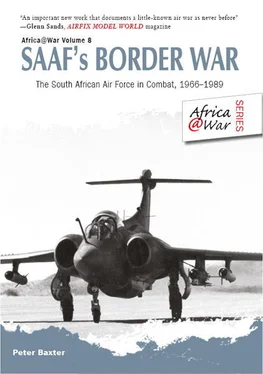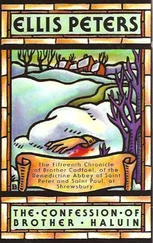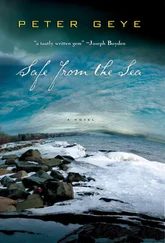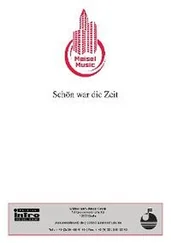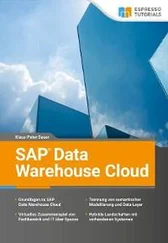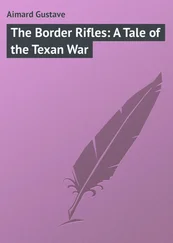Alexandre Binda
compiled and edited by Chris Cocks
ISBN 9781909384903
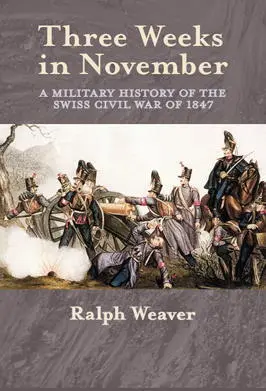
Three Weeks in November: A Military History of the Swiss Civil War of 1847
Ralph Weaver
ISBN 9781909384835

Troepie Snapshots: Pictorial Recollections of the South African Border War
Cameron Blake
ISBN 9781909384866

Tunisian Tales: The 1st Parachute Brigade in North Africa 1942-43
Niall Cherry
ISBN 9781909384859

HELION & COMPANY
Co-published in 2012 by:
Helion & Company Limited
26 Willow Road
Solihull
West Midlands
B91 1UE
England
Tel. 0121 705 3393
Fax 0121 711 4075
email: info@helion.co.uk
website: www.helion.co.uk
and
30° South Publishers (Pty) Ltd.
16 Ivy Road
Pinetown 3610
South Africa
email: info@30degreessouth.co.za
website: www.30degreessouth.co.za
Text © Peter Baxter, 2012
Photographs © as individually credited
Diagrams and maps by Genevieve Edwards
Aircraft colour profiles by William Marshall
Designed & typeset by Kerrin Cocks
( kerrincocks@gmail.com)
Printed in the UK by Henry Ling Limited, Dorchester, Dorset
and in South Africa by Pinetown Printers (Pty) Ltd, Pinetown, KwaZulu-Natal
ISBN 978-1-920143-71-8 (South Africa)
ISBN 978-1-908916-23-5 (UK)
EPUB ISBN: 9781909384729
British Library Cataloguing-in-Publication Data
A catalogue record for this book is available from the British Library
All rights reserved. No part of this publication may be reproduced, stored, manipulated in any retrieval system, or transmitted in any mechanical, electronic form or by any other means, without the prior written authority of the publishers, except for short extracts in media reviews. Any person who engages in any unauthorized activity in relation to this publication shall be liable to criminal prosecution and claims for civil and criminal damages.
Cover photo : A Buccaneer with an H2 bomb on the inner pylon and an EW pod on the outer pylon under the port wing. The H2 communications pod is under the starboard wing.
This included the towed, twinbarrelled version that was probably the most widely employed and effective gun used in the entire campaign by either side, both in the ground-to-air and ground-to-ground mode. The four-barrelled, tracked version (Shilka) was also encountered. The 23mm cannons used by 32 Battalion, Koevoet and the SAAF were some of the many captured in operations over the years. Ironically, Angola probably became the biggest arms supplier to South Africa throughout the difficult years of arms boycotts.
These radarguided guns were originally equipped with the Fire-can radar system and later updated with the flap-wheel version.
SWAPO used only the SA-7 but FAPLA was equipped with the entire range.
Arguably the most famous of these was Arthur ‘Bomber’ Harris who lived in both Rhodesia and South Africa and rose to the leadership of the RAF Bomber Command during the Second World War.
A draadkar , or wire car, is a homemade car toy played with traditionally by black children in southern Africa, and is an ingenious construction of wire and other oddments with an extended steering wheel allowing it to be driven along at a walking or running pace by its driver.
Thanks for this information to Paul Dubois published on www.satransport.co.za .
Crocker, Chester. High Noon in Africa: Making Peace in a Rough Neighbourhood , Jonathan Ball, Johannesburg, 1992, p. 46.
Both Alpha and Bravo comprised companies of indigenous troops, in the first instance drawn from elements of the FLNA inducted into the SADF, and in the second by Angolan Bushmen who had suffered significant attrition at the hands of each of the Angolan warring parties at one time or other, and who were at the very least an enigmatic force in the conflict.
Stiff, Peter. The Silent War: South African Recce Operations 1969–1994 , Galago, Johannesburg, 1999, pp. 120–1.
The alpha bomb was a Rhodesian Air Force innovation conceived and developed by Group Captain Peter Petter-Bowyer. It was a spherical bouncing bomb with a delayed detonation allowing for the airburst of multiple fragments over a wide area. The system was configured for deployment from Rhodesian Canberra bombers and was adopted and improved upon for similar use in the South African-operated Canberras.
ZIPRA, or the Zimbabwe People’s Revolutionary Army, was the armed wing of ZAPU, the Zimbabwe African People’s Union, one of two armed factions attempting the overthrow of white rule in Rhodesia.
Steenkamp, Willem. South Africa’s Border War: 1966–1989 , Ashanti, Gibraltar, 1989, p. 86.
ZANLA, or the Zimbabwe African National Liberation Army, was the armed wing of ZANU, one of two nationalist factions fighting to overthrow white rule in Rhodesia.
MAOTs were SAAF teams usually comprising an OC (pilot), an operations officer, an intelligence officer, a radio operator and one or two clerks. Teams and equipment were typically airlifted into a tactical HQ co-located with the army or police or in a mobile situation as part of a motorized column as part of the command HQ. The MAOT acted as an advisory to a field commander regarding close air support as operations progressed, interpreting highly dynamic conditions on the ground into practical air support operations. (See appendix for a firsthand account of an MAOT on Operation Askari ).
The AS-30 was a short-to-medium-range air-to-ground missile that used MCLOS (manual command to line of sight) guidance. This required the pilot or gunner to steer the missile to target through a UHF radio link with the missile and typically a left-handed joystick, using a magnesium flare at the base of the missile as a visual reference. Pinpoint accuracy was marginal and a high level of concentration was required for effective targeting.
Steenkamp, Willem. South Africa’s Border War: 1966–1989 , Ashanti, Gibraltar, 1989, p. 98.
Cockpit standby implies a state of readiness whereby the pilot is fully equipped and on standby in flight position. This was under shelter usually thanks to the punishing heat of the South West African summer.
Fire Force is an airborne assault concept pioneered in the region by the Rhodesian security forces and further developed by South Africa. Its model application involves a highly mobile response force equipped with helicopters and supported by paratroops on permanent standby to respond to intelligence provided either by pseudo or covert reconnaissance missions within an active area.
Читать дальше
